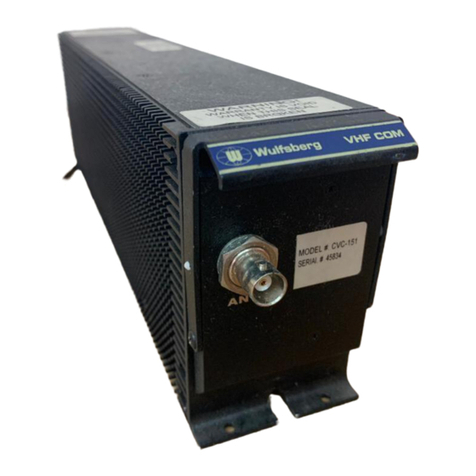COBHAM RESTRICTED Table of Contents - 3
3.2.1
VHF COM FUNCTIONS...................................................................3-6
THE VHF COM FIELD .....................................................................3-6
ENTERING A NEW FREQUENCY IN ONSIDE COM......................3-7
ENTERING A NEW FREQUENCY IN XSIDE COM
(DUAL RMU INSTALLATIONS).......................................................3-7
DIRECT TUNING...........................................................................3-11
MEMORY MODE OF OPERATION ...............................................3-12
DIRECT TUNING AND MEMORY MODE OF OPERATION..........3-13
3.2.2
VHF NAV FUNCTIONS..................................................................3-14
THE VHF NAV FIELD ....................................................................3-14
ENTERING A NEW FREQUENCY.................................................3-15
SELECTING DME HOLD...............................................................3-15
DIRECT TUNE MODE ...................................................................3-15
MEMORY MODE OF OPERATION ...............................................3-15
DIRECT TUNING AND MEMORY MODE OF OPERATION..........3-16
3.2.3
ATC TRANSPONDER FUNCTIONS..............................................3-16
THE ATC TRANSPONDER FIELD ................................................3-16
ENTERING A NEW CODE.............................................................3-16
SELECTING THE ATC MODE.......................................................3-17
3.2.4
ADF FUNCTIONS..........................................................................3-18
THE ADF FIELD.............................................................................3-18
ENTERING A NEW FREQUENCY.................................................3-18
SELECTING ADF MODES.............................................................3-18
DIRECT TUNE MODE ...................................................................3-19
MEMORY MODE OF OPERATION ...............................................3-19
DIRECT TUNING AND MEMORY MODE OF OPERATION..........3-19
3.2.5
TCAS FUNCTIONS........................................................................3-20
THE ATC/TCAS FIELD..................................................................3-20
SELECTING TCAS DISPLAY PARAMETERS...............................3-20
SELECTING THE ACTIVE ATC/TCAS MODES............................3-21
INITIATING ATC/TCAS SELF TEST..............................................3-21
3.2.6
MLS FUNCTIONS..........................................................................3-22
THE MLS FIELD ............................................................................3-22
ENTERING A NEW MLS CHANNEL..............................................3-22
SELECTING MLS AZIMUTH (AZ), BACK AZIMUTH (B/AZ)
AND GLIDESLOPE (GS) ...............................................................3-22
SELECTING MLS MODE OF OPERATION...................................3-24
3.2.7
UHF COM FUNCTIONS ................................................................3-24
3.2.7.1
GENERAL OPERATING PROCEDURES ........................3-24




























